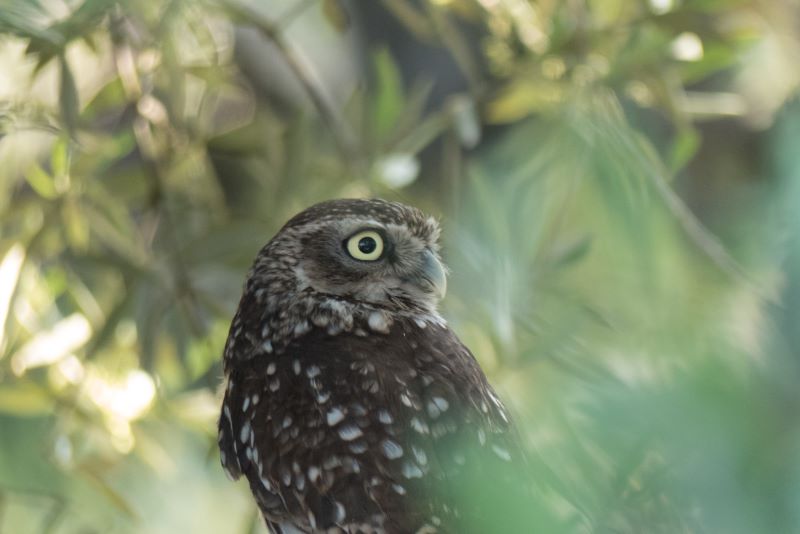SEO/BirdLife has LIVE cameras which on this occasion enable us to European owla small nocturnal bird of prey in whose nest is placed a device that allows us to know the entire process of raising chicks.
He European owl It is a small nocturnal bird of prey, a member of the Strigidae family, that is, it is a small owl. Its voluminous head integrates large yellow eyes, above which it has visibly light eyebrows that give the impression of a frown.
Its wings and tail are short and round. Its oscillating flight is reminiscent of that of a woodpecker. The European owl has a wide variety of vocalizations, many of which are reminiscent of meows. It is distributed across Europe and Asia, but absent from the northernmost areas. Also in North Africa. In Spain it is a strictly sedentary species.

The subspecies of European owl A. n reproduces in the Iberian Peninsula and the Balearic Islands. vidalii, while in Ceuta and Melilla the subspecies A. n. glaze. Missing in the Canary Islands. It covers a wide variety of habitats, from riverside forests to urban parks, meadows and fields.
Thanks to the Noctua nocturnal bird monitoring program that SEO/BirdLife develops annually with numerous volunteers, we know the current status of the species in terms of the evolution of its population and its conservation status.
European Owl: nocturnal and diurnal species
He European owl It is the most diurnal bird of prey among the nocturnal birds of prey; it is not uncommon to see it in broad daylight, even while hunting. It is very versatile when it comes to nutrition and will hunt anything under the sun, from invertebrates to small mammals, especially rodents. It is a caveman species and breeds in all kinds of holes, even rabbit holes.
Also in human constructions, since the European owl happily accepts artificial nest boxes. The usual laying period is 2 to 5 eggs, which are laid every two days. They are incubated by the female for about 25 to 30 days. The species is classified as “NT – Near Threatened”, with a tendency to worsen given the amount and intensity of threats looming over the species.
https://www.youtube.com/watch?v=videoseries
SEO/BirdLife Live Cams
Since 2006, SEO/BirdLife has been using live cameras as a communication tool to bring bird life closer to society and publicize their biology and behavior, and to provide an opportunity to reconnect with society. nature from anywhere. Currently, SEO/BirdLife is the only conservation organization in Spain that maintains a network of web cameras in the natural environment that broadcast live birds.
In addition, within the Natural ConCiencia project supported by the Montemadrid Foundation, more than 100 volunteers have been following some of these cameras every day for four years to discover and spread the secrets of the birds in their nests. feeding and birth of chicks.
Volunteers have managed to collect up to 30,000 hours of very interesting data on the species’ reproductive behavior (incubation period, number of eggs, number and size of prey, feeding frequency, chick development time, etc.) and document everything that happens 24 hours per day. Follow the life of birds live.

